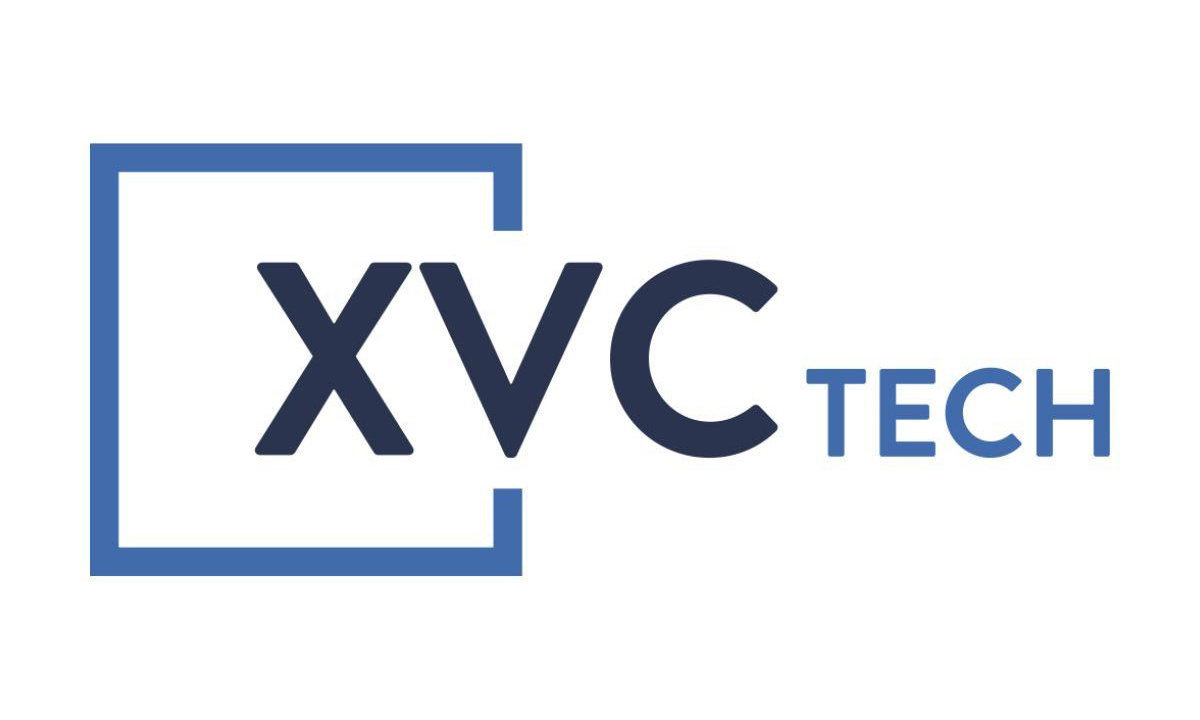Published
5 years ago on
November 06, 2018
“Through practical testing and experiments in a controlled laboratory setting, this research provides a thorough and objective model of [EOS’] design, performance, and economics in order to present a reference for the blockchain community.”The Bitcoin and Ethereum blockchains are different from EOS in the transactions side of things. Unlike the two leading cryptos, which use a proof-of-work consensus mechanism, EOS follows a delegated proof of stake method. With EOS, token holders vote for and select block producers who are responsible for looking over the transactions and validating them. The blockchain protocol testing firm created a test environment which replicates the EOS network. The chief technology officer, Zak Cole stated:
“It runs the exact same software. The block producers within the Whiteblock environment perform the same functions a block producer would perform in the main net.”As stated by Live Bitcoin News, over two months, the company came to the conclusion that EOS behaves as a network resource which provides computational power for users to access. It further argues that the network is built on a centralised architecture. The company said:
“EOS is not a blockchain. Rather a distributed homogeneous database management system, a clear distinction in that their transactions are not cryptographically validated. EOS block producers are highly centralized, and users can only access the network using block producers as intermediaries. Block producers are a single point of failure for the entire system.”What are your thoughts? Let us know what you think down below in the comments! Investment Disclaimer








